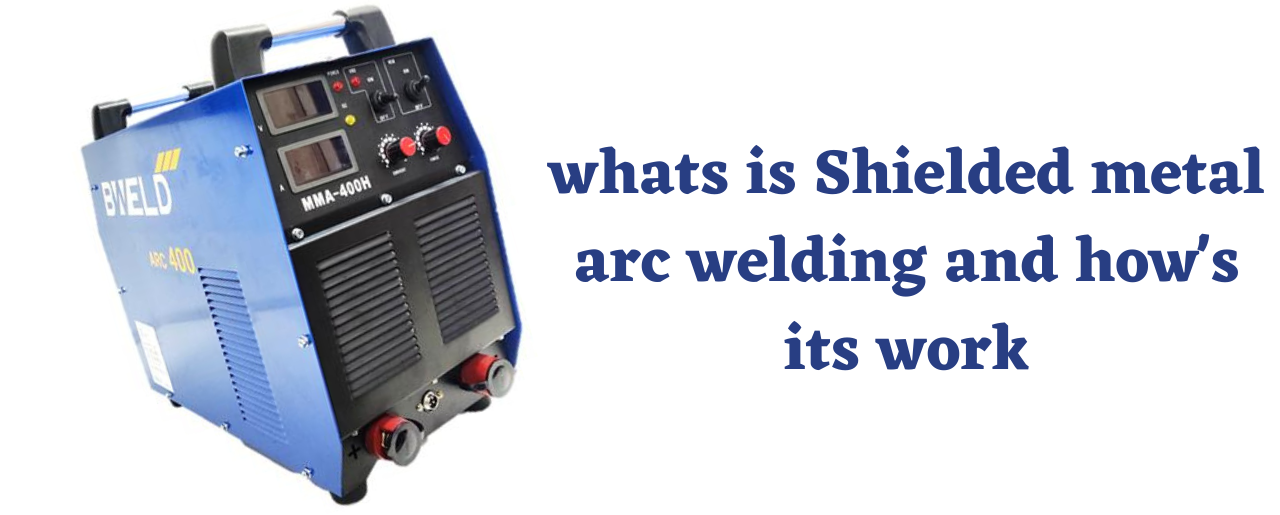Sahibabad Industrial Area Site 4, UP
whats is Shielded metal arc welding and how's its work
Shielded Metal Arc Welding (SMAW), also known as manual metal arc welding or stick welding, is a welding process that uses a consumable electrode coated with a flux to join metals.

Shielded Metal Arc Welding (SMAW), also known as manual metal arc welding or stick welding, is a welding process that uses a consumable electrode coated with a flux to join metals. It is one of the oldest and most widely used welding techniques.
The process involves creating an electric arc between the coated electrode and the workpiece. The heat generated by the arc melts the electrode, creating a weld pool. Simultaneously, the flux coating on the electrode releases gases and forms a protective shield of slag over the weld pool. The slag acts as a barrier, protecting the weld from atmospheric contamination and providing a controlled cooling rate.
Here's a step-by-step breakdown of the SMAW process:
-
Preparation: The workpiece is prepared by cleaning and beveling the edges to ensure proper weld penetration and adhesion. Protective gear, such as gloves, goggles, and a welding helmet, should be worn for safety.
-
Electrode selection: The appropriate electrode is selected based on factors such as the base metal, welding position, and desired weld characteristics. Electrodes come in various types and have specific classifications for different applications.
-
Electrode setup: The electrode is inserted into an electrode holder or stinger, which is connected to the welding machine's positive terminal (electrode lead). The workpiece is connected to the negative terminal (ground lead).
-
Striking the arc: The electrode tip is brought into contact with the workpiece and then quickly lifted to create an arc. This process is known as striking the arc.
-
Welding: Once the arc is established, the welder moves the electrode along the joint, while simultaneously maintaining an appropriate arc length. The heat from the arc melts the electrode, forming a weld pool. The flux coating on the electrode releases gases that create a shielding gas cloud and slag, which protect the weld pool from atmospheric contamination.
-
Filler metal deposition: As the electrode melts, it also serves as the filler metal. The welder controls the size of the weld bead by manipulating the angle, travel speed, and deposition rate of the electrode.
-
Slag removal and inspection: After completing a weld pass, the slag needs to be chipped off using a chipping hammer or wire brush. This step reveals the solidified weld, allowing for visual inspection of the quality.
-
Multiple passes (optional): In some cases, multiple weld passes may be required to achieve the desired weld strength and thickness. Each pass builds upon the previous one, and proper cleaning of slag between passes is essential.
-
Completion: Once all welding passes are finished, the weld is inspected for any defects or imperfections. Post-weld operations, such as grinding or cleaning, may be performed to enhance the appearance and quality of the weld.
Shielded Metal Arc Welding is versatile and can be used to join various metals, including steel, cast iron, stainless steel, and non-ferrous metals. It is commonly used in construction, maintenance and repair work, pipelines, shipbuilding, and other applications where portability and accessibility are crucial.
Our Core Values
Respect | Team Work | Integrity | Courage | Safety | Commitment


